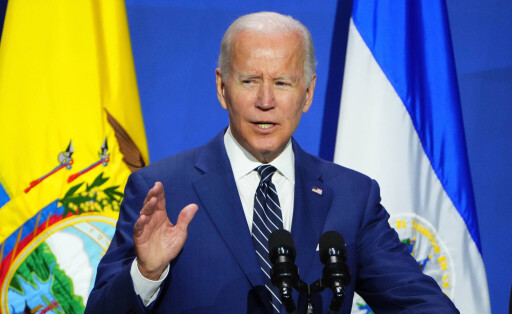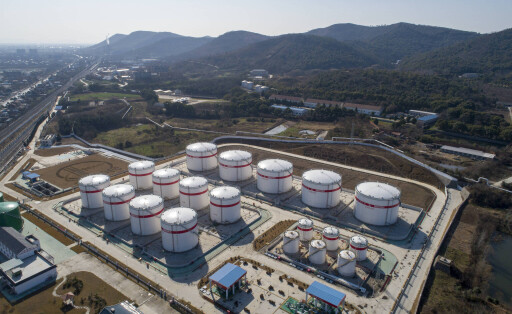



At the Summit of the Americas in Los Angeles, Washington tried in vain to rally the countries of Latin America against China. Nor was it possible to reach a common position on Ukraine. Instead, Latin American politicians criticized the United States for not getting involved enough in South America compared to China.
Von Frank Sieren




The Keqiang index, comprising the growth in railway freight, power consumption and bank loans, has been used widely as an alternative to China’s notoriously mistrusted GDP growth figure. More recently, many experts have argued that the index has not captured the transformation of China’s economy towards a more technology- and service-driven one, thereby gradually losing its meaningfulness. However, under the current circumstance of large-scale fiscal stimulus and the re-emerging issue of economic data reliability, the Keqiang index might see a revival as a powerful tool to decipher the real dynamics of the Chinese economy.
Von Redaktion Table

China's official growth target of 5.5 percent for this year appears increasingly ambitious in view of the many domestic and global challenges. With a large-scale stimulus package announced at the end of May, Beijing nevertheless intends to stay the course.
Von Redaktion Table

Nach anfänglicher Zurückhaltung kauft China nun doch immer mehr Rohöl aus Russland. Peking stellt sich Moskau damit als wichtiger alternativer Abnehmer zur Verfügung – und profitiert von saftigen Preisnachlässen.
Von Christiane Kuehl

After initial reluctance, China now buys more and more crude oil from Russia. Beijing thus offers itself to Moscow as an important alternative buyer – and benefits from hefty price discounts.
Von Christiane Kuehl